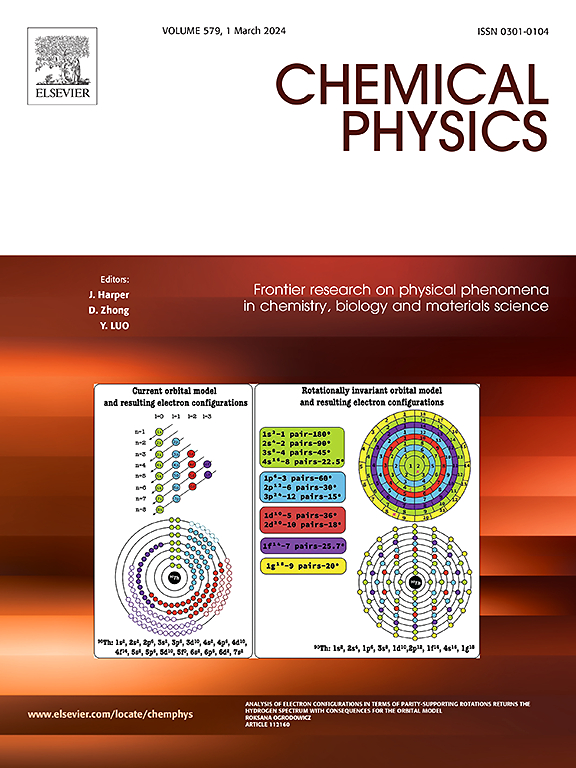Hydrogen production from photocatalytic water splitting in the InP/SnS2 heterojunction: First-principles calculations
IF 2.4
3区 化学
Q4 CHEMISTRY, PHYSICAL
引用次数: 0
Abstract
In the present era, the environmental issues and resource shortages caused by energy development have become increasingly severe. To address this problem, the method of preparing hydrogen through photocatalytic water splitting technology has been proposed and has developed rapidly. This study investigates InP/SnS2 heterojunctions for photocatalytic water splitting using first-principles calculations. The heterojunction has a 1.33 eV bandgap with a Type-II alignment, facilitating effective electron-hole separation. Work function analysis shows electrons transfer from InP to SnS2, with a total Bader charge transfer of 0.10 . The charge transfer follows a Z-scheme pathway, enhancing photocatalytic activity. The heterojunction meets redox requirements, exhibits an absorption peak at 2.07 × 105 cm−1 within the visible spectrum, and achieves a solar-to‑hydrogen efficiency of 9.83 %. These properties suggest that InP/SnS2 heterojunctions are promising for future photocatalytic applications.

InP/SnS2异质结中光催化水裂解制氢:第一性原理计算
在当今时代,能源开发带来的环境问题和资源短缺问题日益严重。针对这一问题,人们提出了光催化水裂解制氢的方法,并得到了迅速发展。本研究利用第一性原理计算研究了InP/SnS2异质结在光催化水分解中的应用。异质结具有1.33 eV的带隙,具有ii型取向,有利于有效的电子空穴分离。功函数分析表明,电子从InP向SnS2转移,总Bader电荷转移量为0.10 e,电荷转移遵循Z-scheme途径,增强了光催化活性。该异质结满足氧化还原要求,在可见光谱范围内表现出2.07 × 105 cm−1的吸收峰,并实现了9.83%的太阳能-氢效率。这些性质表明InP/SnS2异质结在未来的光催化应用中具有广阔的前景。
本文章由计算机程序翻译,如有差异,请以英文原文为准。
求助全文
约1分钟内获得全文
求助全文
来源期刊

Chemical Physics
化学-物理:原子、分子和化学物理
CiteScore
4.60
自引率
4.30%
发文量
278
审稿时长
39 days
期刊介绍:
Chemical Physics publishes experimental and theoretical papers on all aspects of chemical physics. In this journal, experiments are related to theory, and in turn theoretical papers are related to present or future experiments. Subjects covered include: spectroscopy and molecular structure, interacting systems, relaxation phenomena, biological systems, materials, fundamental problems in molecular reactivity, molecular quantum theory and statistical mechanics. Computational chemistry studies of routine character are not appropriate for this journal.
 求助内容:
求助内容: 应助结果提醒方式:
应助结果提醒方式:


